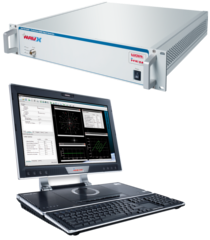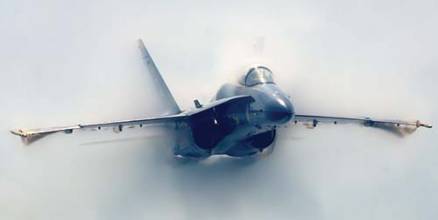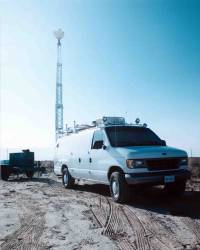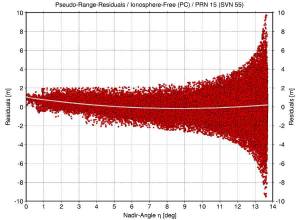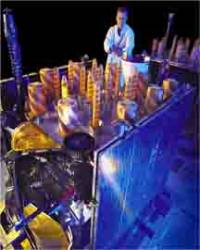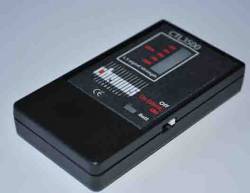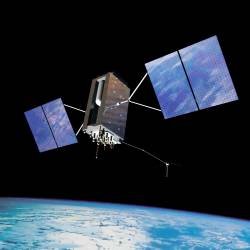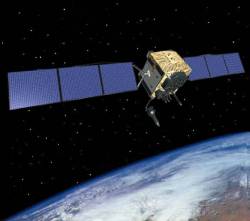January 25, 2009
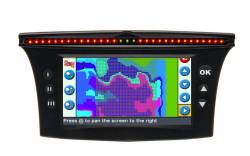 EZ-Guide 500 VRA
EZ-Guide 500 VRA
Trimble has introduced a series of new products targeting the agriculture market where the company has been doing particularly well in recent years. These include an integrated display for manual or automated machine operation, a variable rate application (VRA) option for the company’s lightbar guidance system, and two new differential GPS receivers.
Trimble has introduced a series of new products targeting the agriculture market where the company has been doing particularly well in recent years. These include an integrated display for manual or automated machine operation, a variable rate application (VRA) option for the company’s lightbar guidance system, and two new differential GPS receivers.
The AgGPS FmX integrated display can operate as either a stand-alone manual guidance system or as part of an automated guidance, implement control or steering system. The FmX touch screen display is 12.1 inches, approximately 35 percent larger than the industry standard 10.4-inch screen, yet the display requires no more space in the cab than its predecessor, the AgGPS FieldManager, according to the company.
Read More >
By Glen Gibbons
